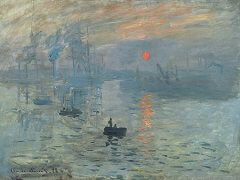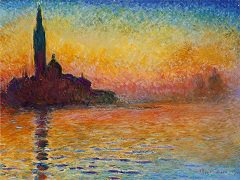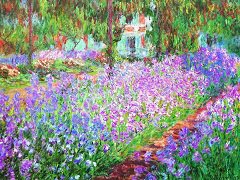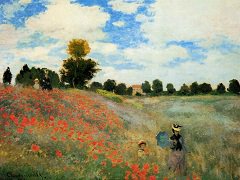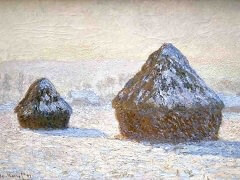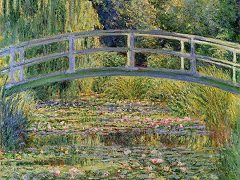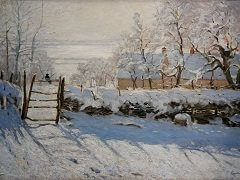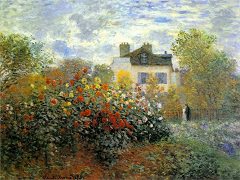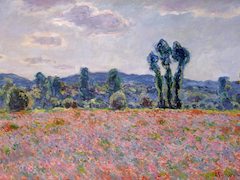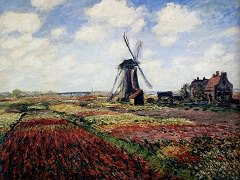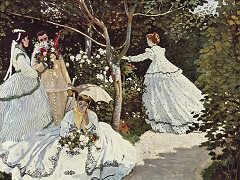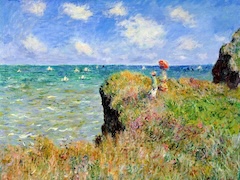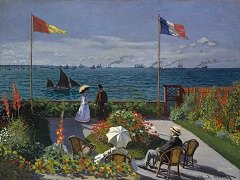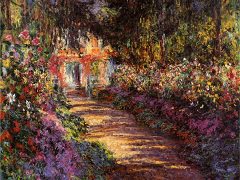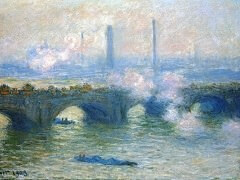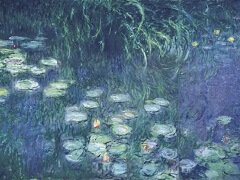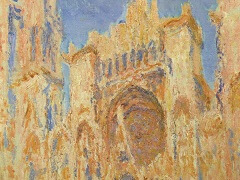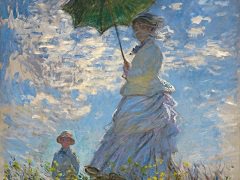Mount Kolsaas in Sunlight, 1895 - by Claude Monet
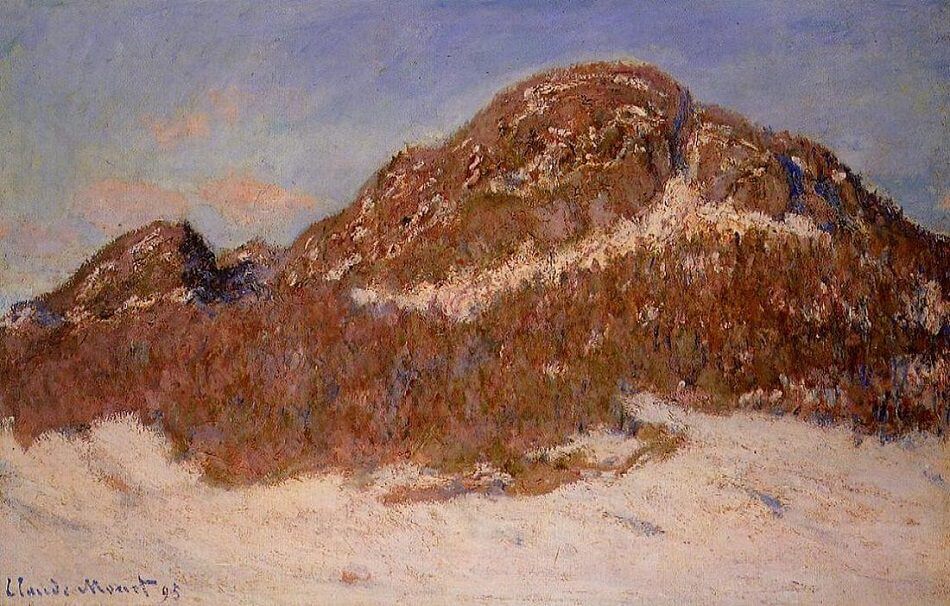
The first few winters at Giverny were relatively mild, certainly in comparison to those Monet had experienced at Vetheuil, He was fascinated by the effect of snowfall that would both transform a landscape and add a reflective quality to sunlight, and he missed painting this. In the winter of 1895 he went to stay with his stepson Jacquese Hoschede (1869-1941) in Norway, The vast snow-filled landscapes and the iced-over fjords provided the perfect-subject matter for the artist, who eventually settled in Bjarnegaard, a small commune of artists.
There he painted a series of pictures based on Mount Kolsaas, which vividly recall the work of Japanese artists. He even said that the mountain made him 'dream of Fujiyama'. In another letter, this one to his stepdaughter Blanche, Hoschede (1865-1947), he wrote, 'it is impossible to conceive lovelier effects than there are here', implying that he was finding it difficult to capture the precise effect of color and atmosphere as it appeared to him on the snow. The works were well received, and Prince Eugene of Sweden (1865-1947) travelled to Christionia (Oslo) to personally congratulate Monet.

